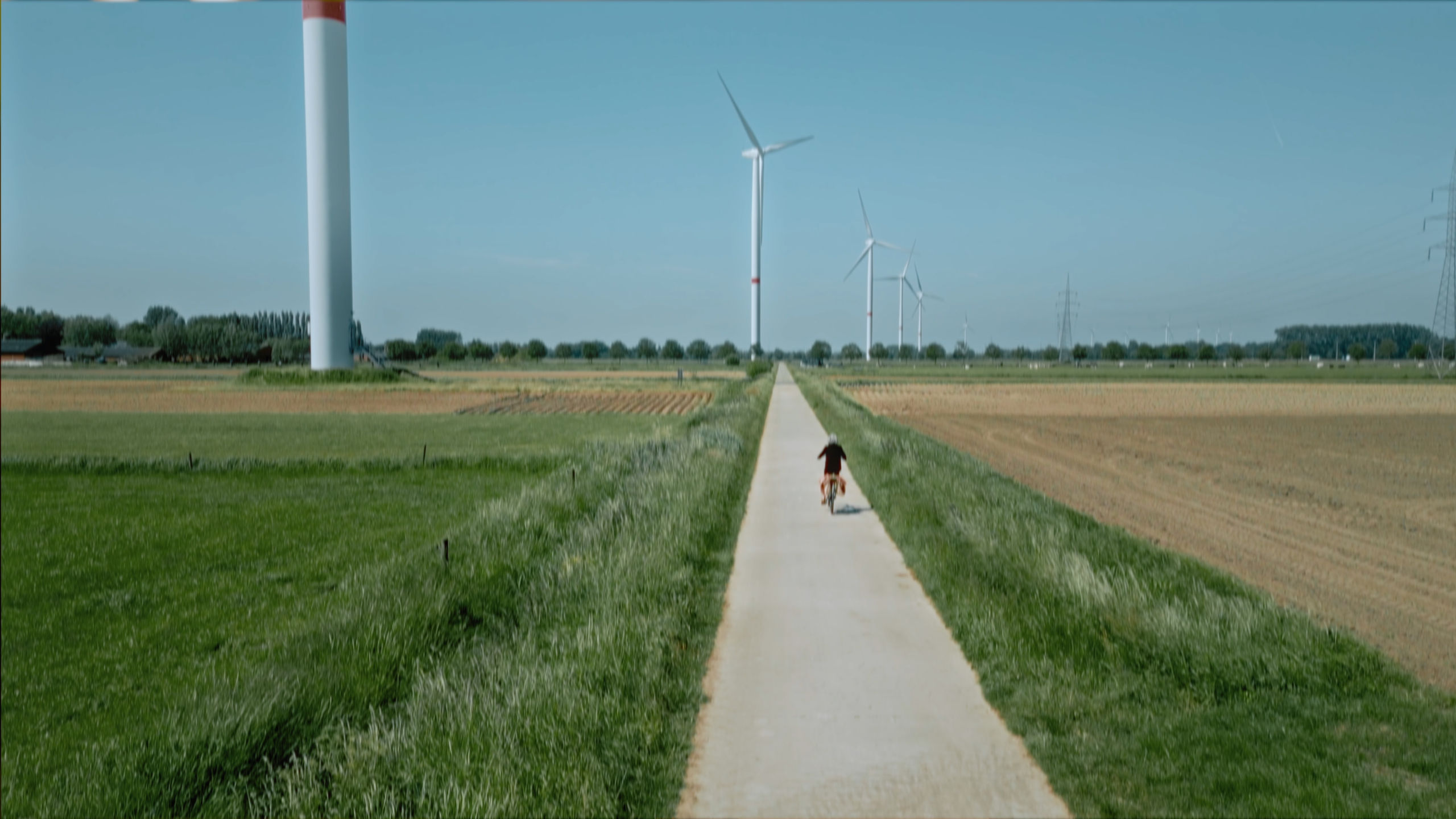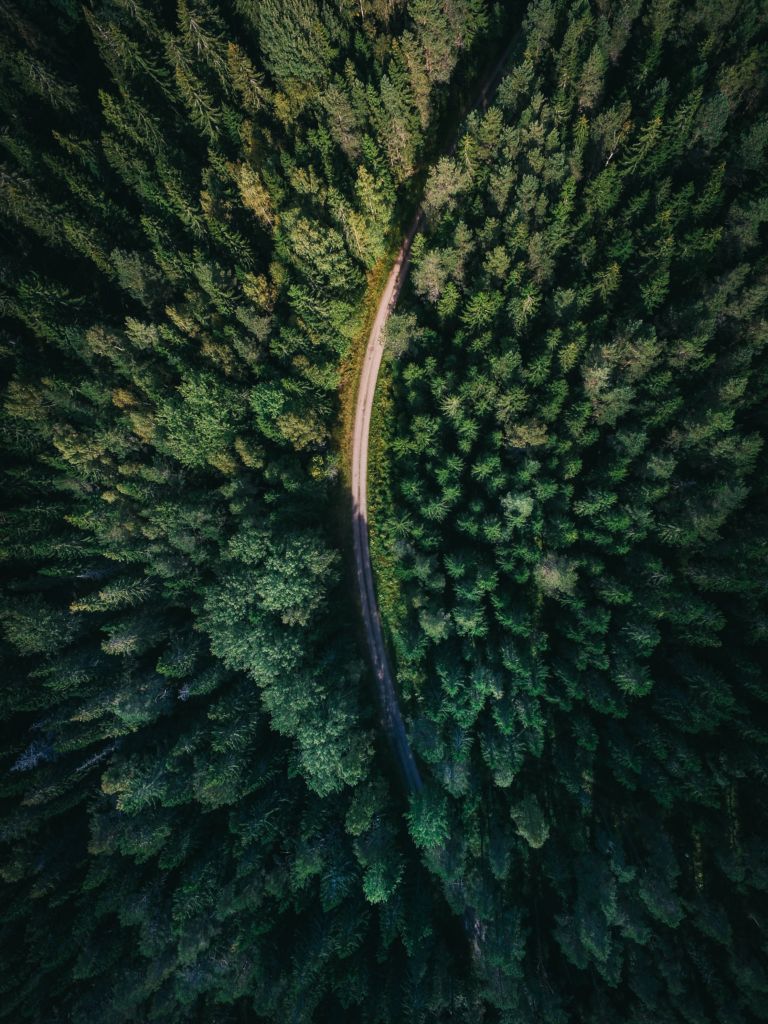While Forest Research clarified that the findings should not be interpreted to imply that the increased use of bioenergy in the EU must inevitably involve increased GHG emissions, the results strongly indicate that there are significant risks of increases in GHG emissions associated with greater bioenergy use, in particular forest bioenergy use, unless there are appropriate checks and balances on the supply and consumption of bioenergy sources with regard to associated GHG emissions.
The authors developed a list of 15 criteria that, together, could potentially help ensure bioenergy reduces GHG emissions. Concerningly, they found significant gaps between these criteria and those proposed by the Commission for Article 29 of the Renewable Energy Directive, which deals with “sustainability criteria”. Forest Research found that the (then) draft legislation made no specific provisions for 9 out of the 15 recommended criteria.
Since then, there has been evidence from a range of sources that the criteria in the final recast directive will be insufficient to ensure the supply of bioenergy to the EU is compatible with the Paris Agreement [2]. It is by no means certain that the 15 criteria proposed by Forest Research are a final step towards ensuring sustainable wood burning in the EU. Even tougher action may well be required.




